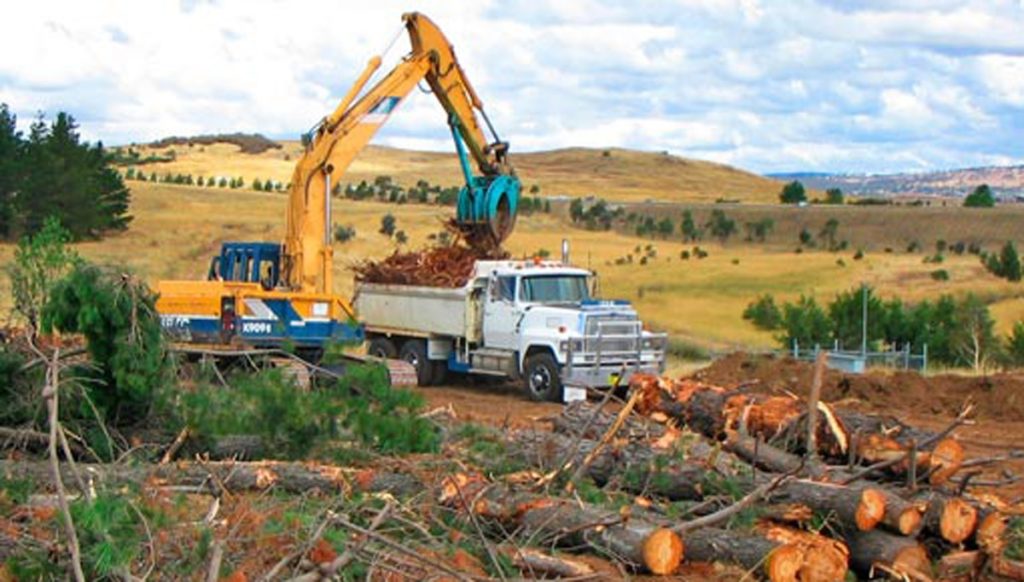Weeds nothing is more frustrating to a nursery specialist it can require hours every time to keep a sound, without weed garden. Mulch is nature’s technique for monitoring weeds, yet moreover keeping moistness in the soil, coordinating soil temperatures, and hindering deterioration. The best outline of standard mulching is the lower some portion of a timberland floor, covered in pine needles defending the soil, and giving enhancements to the phenomenal trees that can continue to create for quite a while. While individuals have thought about their variation of mulch in flexible and plastic covers, nature really has outfitted us with the best options. Fabricated mulches can continue onward for quite a while so they are irrefutably a trick of the trade, in any case, they do not separate and give extra enhancements to soil, so they are not exactly as critical as ordinary decisions. The potential gains of regular mulch are abundance it is much of the time sensible or free considering the way that it might be gathered in your grass or found straightforwardly woodlands.

Sorts of regular mulches
- Pine needles – an all-ordinary mulch; overflowing and tough; exceptional for mulching shrubs and trees
- Grass clippings – requiring a hint of prep, cut grass clippings ought to be dry and applied logically. They give enhancements to the nursery, and in this manner are ideally suited for vegetable beds since they separate quickly and help with making faster turn of events and better longing for vegetables.
- Paper – extensive and perhaps the most economical decision open; not the most engaging looking sort of mulch, yet isolates successfully; can be applied obliterated, or in full sheets and covered with a pitiful layer of soil
- Bark or wood chips – really purchased everything considered home improvement or planting centers; for the most part come from reused wood scraps which are extraordinarily improved for the planet and take less energy to duplicate than plastic or versatile mulches
- Cardboard – Make sure to use just non-treated cardboard without wax; slight layers, a little at a time; allow bottom layers to begin to isolate
Tips for application
The best times to mulch are in the spring and pre-fall or fall, after a good deluge, and ensuing to weeding totally WMD land clearing. Ideally, mulch two times each year to continually outfit your soil with supplements, hold in soddenness and cover weed improvement. Apply mulches something like four inches thick, any more would not give added benefits and May, actually, and hold water back from spilling through. Thick or course materials, for instance, cardboard or wood chips should be applied in stages. Guarantee the thing is isolated to allow water to show up at the soil, and accordingly, your plants.
